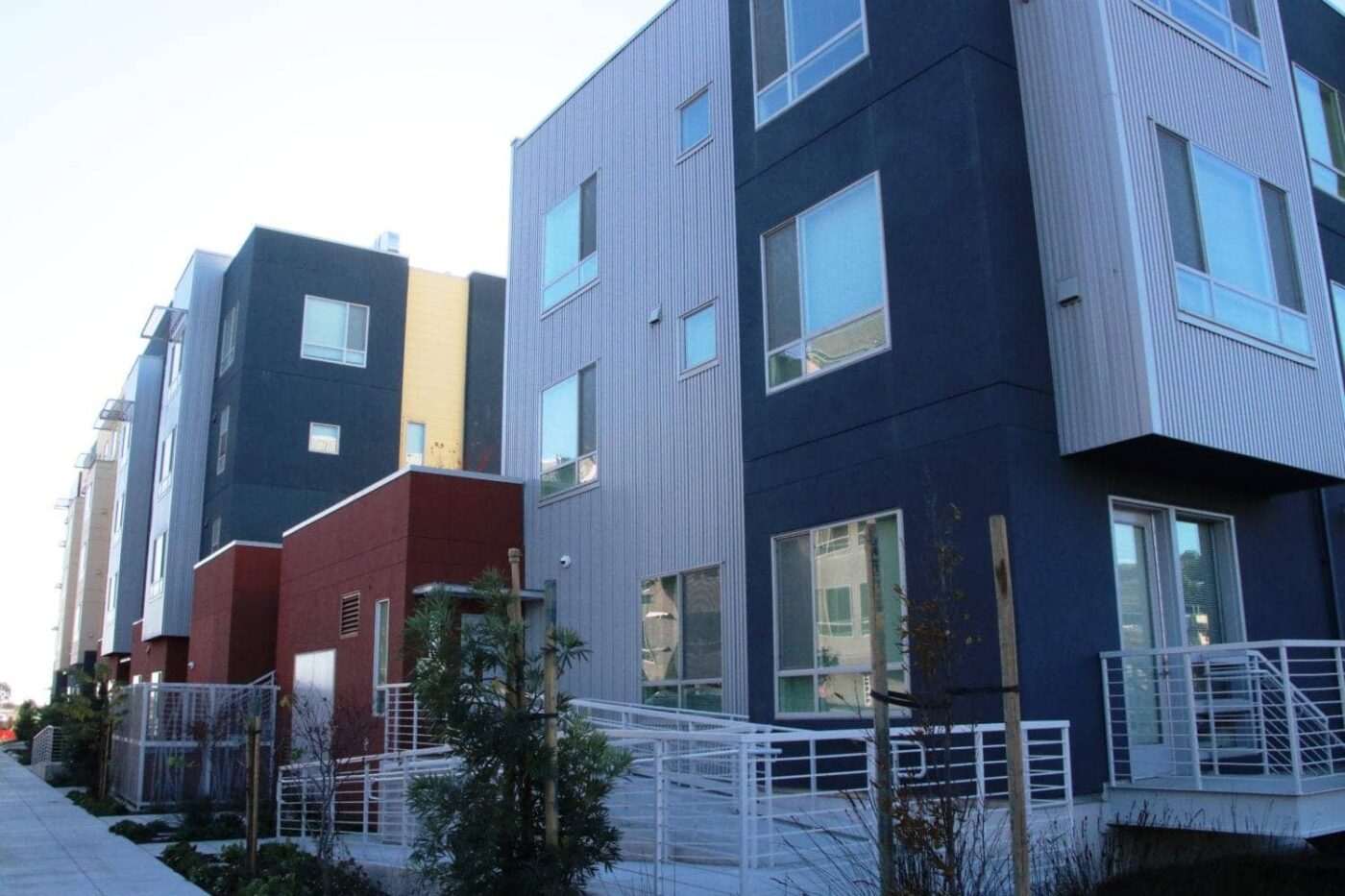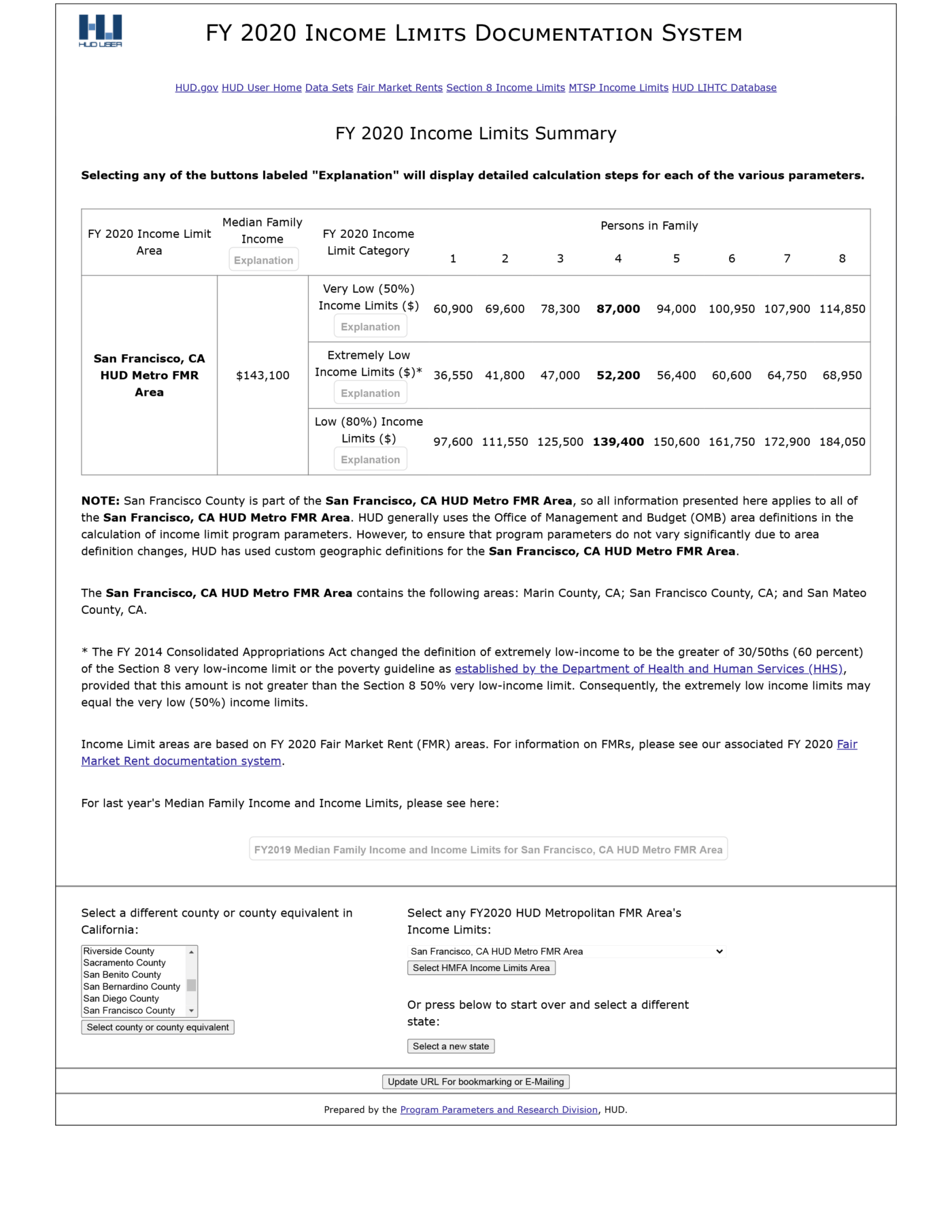
by Lin Robertson
Are you low-income? Maybe more like low-low-income? Willing to work? Ready to learn? If you live in public housing or get a Section 8 voucher to pay your rent, has anyone ever given you a notice about employment opportunities that provide up front training to succeed once you get the job? Were you ever recruited to work on a construction site or other job you were already qualified for on a housing project?
What I am describing, folks, is what the U.S. Department of Housing and Urban Development (HUD) calls Section 3. It sounds great, doesn’t it?
Not so fast. Even if you never heard of Section 3 before: Ben Carson just took away the requirement to even notify you that there may be “new hire” opportunities in your community.
It’s bad enough that the Trump administration is already trying to discontinue food stamps for the unemployed who need it, especially during this pandemic. But last year, they also held quiet “public hearings” with the objective to “reduce regulatory burden(s)” on government agencies, developers and large contracting companies.
They just finished changing Section 3 rules, which were already too weak to enforce in the first place. Yep. Everybody wins – except you, the community.
Brace yourselves, ladies and gentlemen. This is what the Republicans slipped by right under our noses when nobody was looking:
HUD is due to remove Section 3 New Hiring Requirements on public and affordable housing projects in 2021.
“HUD is not retaining the tracking of new hires for (Public Housing Authorities) PHAs … HUD believes that the use of new hires provides an incomplete measure of the employment and local contracting opportunities available to low- and very low-income persons envisioned by the Section 3 statute. The focus on labor hours will measure total actual employment and the proportion of the total employment performed by low- and very low-income workers.”
While it is a good idea to verify that project trainees should not just keep going through a continuous revolving door – only to be hired for a very short period after each time they complete a course, and then only to be unemployed again – simply having big contractors report “in good faith” on certified payrolls that their existing employees already are Section 3 workers invites non-compliance.
What would happen if HUD considered suspending funding to those agencies who receive HUD monies and are found not to be in compliance?
More times than not, they are already trying to get away with underpaying the required Davis Bacon prevailing wages on projects paid for with federal dollars. It’s really hard to believe that cheaters who usually also want to avoid actually going through the process of training or hiring the low or low-low-income actually would maintain a Section 3 workforce for five years, as required to be in compliance.
Most housing projects don’t even last five years. So why is it a good idea to eliminate HUD’s minimal Section 3 requirements to at least try to notify us that a “new hire” opportunity has become available?
Tracking online payroll data from contractor records should be implemented in collaboration with – not in place of – outreach, hiring, training and long-term employment requirements. Instead of making it easier for government agencies, developers and large contractors not to comply with basic Section 3 rules that currently exist, HUD should actually enforce these requirements from the top down.
Government agencies building and improving housing projects funded with our tax dollars should make sure that Section 3 job announcements are sent to public housing residents and other targeted communities when it is time to do so. During the life of the project, employers should work together with all project stakeholders to inform potential “Targeted Section 3 Workers” that there is a new job available.

Once the announcement goes out, let there even be a deadline for application if you like. If nobody shows up to apply for the job, then fine. Record your good faith effort – advertisements, notices to community centers or faith-based organizations and letters from housing authorities or contractors to Section 8 renters.
Right now, however, nobody seems to be telling us when there’s a job opening. Even if we do find out somehow and Section 3 candidates show up to apply for a “new hire” job, there should be more emphasis on training and workforce development rather than just reporting “Well, we interviewed the person, but they didn’t qualify, so that’s that.”
They are either too scared to make a mistake or too lazy to do the deal for real.
Unfortunately, most poor communities have never even heard of Section 3, much less know about how to notify HUD with a complaint that somebody in the pipeline who was responsible for enforcing Section 3 didn’t do their job.
But here’s the rub. Based on the new Section 3 rules put in place to start next year, contractors won’t even have to tell us about a new job. Starting in July 2021, nobody would be required to advertise or recruit us for a “new hire” opportunity. Thank you, brother Carson.
Now is not the time to shut down the little we do get from Section 3 as it stands. Especially today, during the pandemic, when there is such a significant need for new jobs everywhere. HUD should make Section 3 hiring requirements more comprehensive and reach beyond the dark ages in compliance enforcement. That is – if they really want us to become “self-sufficient.”
HUD’s track record of providing Section 3 education to the community, contractors and public administrators who usually don’t really know how Section 3 rules work is, quite frankly, not great. The result is that you have state and local agency administrators who don’t do what it takes to make a real impact. They are either too scared to make a mistake or too lazy to do the deal for real, in my opinion.

If HUD really wants Section 3 to work, make it mandatory. If local agencies are not facilitating outreach and the hiring of low or very-low-income Section 8 voucher recipients, for instance, then let there be consequences. What do you think would happen if HUD considered suspending funding to those agencies who receive HUD monies and are found not to be in compliance?
I bet you that if they knew that they may not get more money to do projects in the future supposed to benefit us, they’d find a way to make sure that poor “Targeted Section 3” communities at least get project notices. If our government truly wants to create “opportunity zones,” we should ask the question: Opportunity for who? For us? So far, not so much.
Last but not least, if HUD really wants to create policies that impact communities, then they should invite those communities to the table. Let’s have a real town hall meeting. Policy should not just be convenient. It should be effective. For true economic development, everyone needs to commit to making real change rather than reducing requirements camouflaged with lip service.
Section 3: Frequently asked questions answered according to current regulations
What is Section 3?
Section 3 is a provision of the Housing and Urban Development (HUD) Act of 1968 that helps foster local economic development, neighborhood economic improvement, and individual self-sufficiency. The Section 3 program requires that recipients of certain HUD financial assistance, to the greatest extent feasible, provide job training, employment and contracting opportunities for low- or very-low income residents in connection with projects and activities in their neighborhoods.
How does Section 3 promote self- sufficiency?
Section 3 is a starting point to obtain job training, employment and contracting opportunities. From this integral foundation coupled with other resources comes the opportunity for economic advancement and self-sufficiency.
- Federal, state and local programs
- Advocacy groups
- Community and faith-based organizations
How does Section 3 promote homeownership?
Section 3 is a starting point to homeownership. Once a Section 3 resident has obtained employment or contracting opportunities, they have begun the first step to self-sufficiency.

Remember, “It doesn’t have to be fields of dreams.” Homeownership is achievable. For more information, visit HUD’s website.
Who are Section 3 residents?
Section 3 residents are:
- Public housing residents or
- Persons who live in the area where a HUD-assisted project is located and who have a household income that falls below HUD’s income limits.
Determining Income Levels
- Low income is defined as 80 percent or more below the median income of that area.
- Very low income is defined as 50 percent or more below the median income of that area.

What is a Section 3 business concern?
A business that:
- Is 51 percent or more owned by Section 3 residents;
- Employs Section 3 residents for at least 30 percent of its full-time, permanent staff; or
- Provides evidence of a commitment to subcontract to Section 3 business concerns, 25 percent or more of the dollar amount of the awarded contract.
What programs are covered?
Section 3 applies to HUD-funded Public and Indian Housing assistance for development, operating and modernization expenditures.
Section 3 also applies to certain HUD-funded Housing and Community Development projects that complete housing rehabilitation, housing construction and other public construction.
What types of economic opportunities are available under Section 3?
- Job training
- Employment
- Contracts
Any employment resulting from these expenditures, including administration, management, clerical support and construction, is subject to compliance with Section 3.
Examples of Opportunities include:
- Accounting
- Architecture
- Appliance Repair
- Bookkeeping
- Bricklaying
- Carpentry
- Carpet Installation
- Catering
- Cement/Masonry
- Computer/Information
- Demolition
- Drywall
- Electrical
- Elevator Construction
- Engineering
- Fencing
- Florists
- Heating
- Iron Works
- Janitorial
- Landscaping
- Machine Operation
- Manufacturing
- Painting
- Payroll
- Photography
- Plastering
- Plumbing
- Printing
- Purchasing
- Research
- Surveying
- Tile Setting
- Transportation
- Word Processing
For true economic development, everyone needs to commit to making real change rather than reducing requirements camouflaged with lip service.
Who will award the economic opportunities?
Recipients of HUD financial assistance will award the economic opportunities. They and their contractors and subcontractors are required to provide, to the greatest extent feasible, economic opportunities consistent with existing federal, state, and local laws and regulations.
Who receives priority under Section 3?
For training and employment:
- Persons in public and assisted housing
- Persons in the area where the HUD financial assistance is spent
- Participants in HUD Youthbuild programs
- Homeless persons
For contracting:
- Businesses that meet the definition of a Section 3 business concern
How can businesses find Section 3 residents to work for them?
Businesses can recruit Section 3 residents in public housing developments and in the neighborhoods where the HUD assistance is being spent. Effective ways of informing residents about available training and job opportunities are:
Contacting resident organizations, local community development and employment agencies
- Distributing flyers
- Posting signs
- Placing ads in local newspapers
Are recipients, contractors, and subcontractors required to provide longterm employment opportunities, not simply seasonal or temporary employment?
Recipients are required, to the greatest extent feasible, to provide all types of employment opportunities to low and very low-income persons, including permanent employment and long-term jobs.
Recipients and contractors are encouraged to have Section 3 residents make up at least 30 percent of their permanent, full-time staff.
A Section 3 resident who has been employed for 3 years may no longer be counted towards meeting the 30 percent requirement. This encourages recipients to continue hiring Section 3 residents when employment opportunities are available.
What if it appears an entity is not complying with Section 3?
There is a complaint process. Section 3 residents, businesses or a representative for either may file a complaint if it seems a recipient is violating Section 3 requirements on a HUD-funded project.
Will HUD require compliance?
Yes. HUD monitors the performance of contractors, reviews annual reports from recipients and investigates complaints. HUD also examines employment and contract records for evidence that recipients are training and employing Section 3 residents and awarding contracts to Section 3 businesses.
How can Section 3 residents or Section 3 business concerns allege Section 3 violations?
You can file a written complaint with your local HUD Field Office.
A written complaint should contain:
- Name and address of the person filing the complaint
- Name and address of subject of complaint (HUD recipient, contractor or subcontractor)
- Description of acts or omissions in alleged violation of Section 3
- Statement of corrective action sought i.e. training, employment or contracts
Lin Robertson began her career by launching the Aruba Foreign Investment Agency in her native Aruba, a Caribbean island nation off the coast of Venezuela. Coming to California in 1998, she worked with the San Jose Office of Equality Assurance and in 2005 founded The Labor Compliance Managers, where she is managing director. She is also senior producer for International Media TV. Lin can be reached at lin.tlcm@gmail.com.





